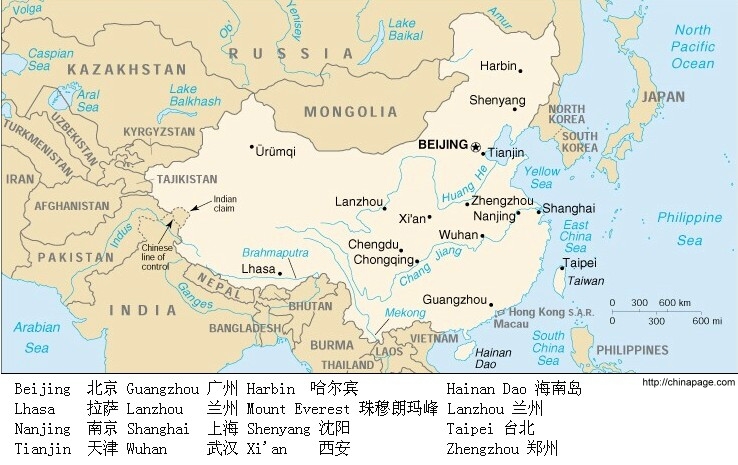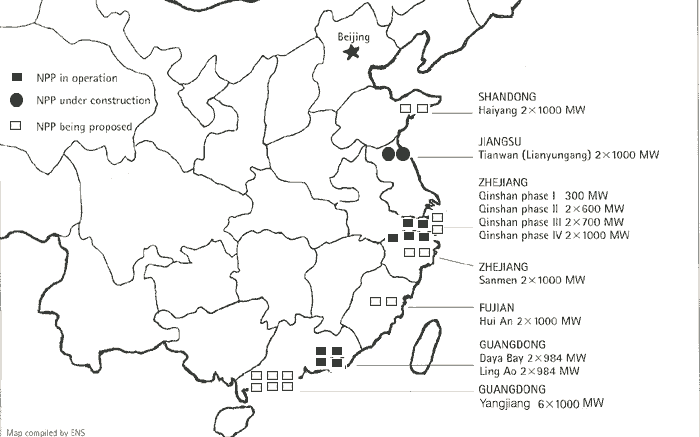
China: technical, scientific and social change
What | Who | Why | Modernity | Conclusion | Maps | Texts
Traditional phases: wü xing, or the theory of the five elements. From Shü Jîng
Three great inventions (Sir Francis Bacon postulated have served as emblems of advancement) associated with "modernity:"
Han, Tang, and Sung dynasties reveal:
Chinese are originators and transformers of material culture.
Four lessons emerge from the transfer of technical discovery and expertise from east to west:
Wang Ch'ung (83 AD) in his work "lun heng" [Discourses weighed in the balance] gives the earliest references to both the lodestone spoon (compass) and a chain pump to raise water up from lower to higher places.
Magnetic compass (260-270 more widely used)
Paper (105 ACE [tradition] or 145 BCE [archaeological] are both used as originating dates)
Canals, canal locks & paddle boats (70 AD the Grand Canal begun, 600 miles long.
Cartography Chang Heng, 116 AD, (132 seismograph) used a grid for locating points on maps.
Decimal system
Suspension bridges (stone arched)
Porcelain (851 AD reported, but 209 AD in c. 3rd century AD perfected.)
Fumigation
Mechanical clock (astronomical) with escapement mechanism
Block printing and movable type
Rudders, large ships and watertight bulkheads
Bronze and cast iron bells (120 BC oxygenation used in smelting of iron ore)
Cannons and populous armies
4. Sufficiency may be the purpose of progress but it relates to discontent.
What | Who | Why | Modernity | Conclusion | Maps | Texts![]()

Existing and proposed nuclear power plants for the People's Republic, 2006.
![]()
Why then in 1400, when China, India, Persia and the Ottomans stand equally with western European powers does the apparent race to ascendancy not belong to China?
Therefore, at the Thirty Years war’s end in , western European rivalry leads to colonialism while Chinese civilization is “colonized” by the Manchu or Ch’ing dynasty.
What | Who | Why | Modernity | Conclusion | Maps | Texts
What ? Rice and silk culture as a technological complex.
Lou Shu. Pictures of Tilling and Weaving 1145 AD
irrigation; “step” bucket chain to raise water into the fields.
Rice & silk were currency used by farmers to pay taxes (burdensome).
Asia in 1600